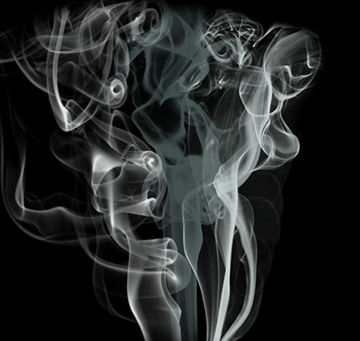
Property Safety Checklist: Your Simple Guide to a Safer Home
- Ecosafe

- Aug 26, 2024
- 3 min read
Updated: Oct 7

We all want to live in homes that are both comfy and secure. Whether you own the place, rent it out, or manage properties, you must keep everything in an acceptable condition and safe. That is why we made this property safety checklist to help you out. No more guessing – just simple tips to help you make your home safer.
Before we dive into the specifics, hang in there! At the end of this blog, you will get our free safety checklist – a handy PDF that you can download and keep for future use. So, keep reading - you will not want to miss it!
So, why a Property Safety Checklist?
Maintaining your home can feel like a lot to handle, starting with the condition of the roof to guaranteeing the alarm system works well. There is always something to do, but do not worry! We have you covered. This checklist breaks everything down so you can be sure you have everything protected.
1. Exterior Safety
Taking care of the outside of your house is a great place to start to prevent the weather from damaging things inside.
Gutters: Are they clean and free from blockages? You do not want rainwater causing dampness or structural problems - this can cause health problems or potentially cost you thousands of pounds.
Roof Condition: Have you checked for any damage - missing tiles or cracks?
Driveways and Walkways: Is the ground even and crack-free? Be cautious of uneven ground to reduce the risk of trips and falls. Also, removing those pesky weeds is a good idea since they can mess up the structure.
2. Electrical Safety
Electrical safety is something we tend to ignore until there is a problem. Here are some simple checks to keep you safe:
Appliances: Make sure they are plugged directly into the wall. Turn them off when not in use. Avoid overcrowding extension leads.
Wiring and Sockets: Look out for frayed wires. Check your plugs regularly to make sure everything looks good.
3. Security Measures
Your home is your safe space, so it is necessary to keep it secure. Here are a few things to keep in mind:
CCTV Systems: Double-check that your cameras are in the right place and that the footage is stored correctly.
Fencing and Gates: Check that they are in good shape and that the locks are working.
Alarm Systems: Test them monthly to know they are doing their job. It is a pain when alarms do not go off when they are supposed to.
4. Doors and Windows
Make sure your doors and windows are secure because they are the main ways people can gain entry into your home.
Locks: Check that all your locks are working well. They should keep your home safe but allow for a quick exit in an emergency.
Fire Exits: Keep doors and windows clear of obstruction so you can get out quickly if there is a fire.
5. Fire Safety
Do not forget about fire safety.
Smoke Alarms: Test them monthly and change the batteries every six months, even if they seem fine.
Fire Escape Plan: Confirm everyone in the house knows what to do if there is a fire. Practising the plan could save you and the lives of the people in your care.
Fire Extinguishers: It is no good having them if nobody knows how to use them. Make sure everyone knows what to do in an emergency.
6. Water and Plumbing
Do not underestimate water - leaks and burst pipes can cause unwanted trouble.
Pipes: Check regularly for leaks or rust. If a leak goes undetected for some time, the damage can worsen, increasing the cost of repairs.
Radiators: Keep these in good condition - no rust or leaks. The recommended temperature is between 18 to 22 degrees Celsius, this is to prevent burns, overheating or hypothermia.
Final Thoughts
A message from us; "safer homes, brighter futures" for everyone. Use this checklist to make sure your place is secure. Regular maintenance and checks help you and everyone inside the four walls stay safe, which can also avoid expensive repairs, giving the satisfaction that everything is all good. Finally, this is a standard safety checklist and may not apply to all properties, your property may need a bespoke checklist.
Choose Ecosafe Group
Ecosafe Group provide high-quality roofing services in Dorset, Poole, Bournemouth and across the South Coast. We provide a personalised service with a fully insured, experienced, and accredited team for your peace of mind.
Below is our free downloadable Property Safety Checklist. Keep this list handy and give your home the care it deserves. If you would like more tips on maintaining a safe and secure property:
Dial 01202 017 917
Complete a contact form on this page
Send an email to liam@ecosafegroup.co.uk
We will be happy to help!
.png)











Comments